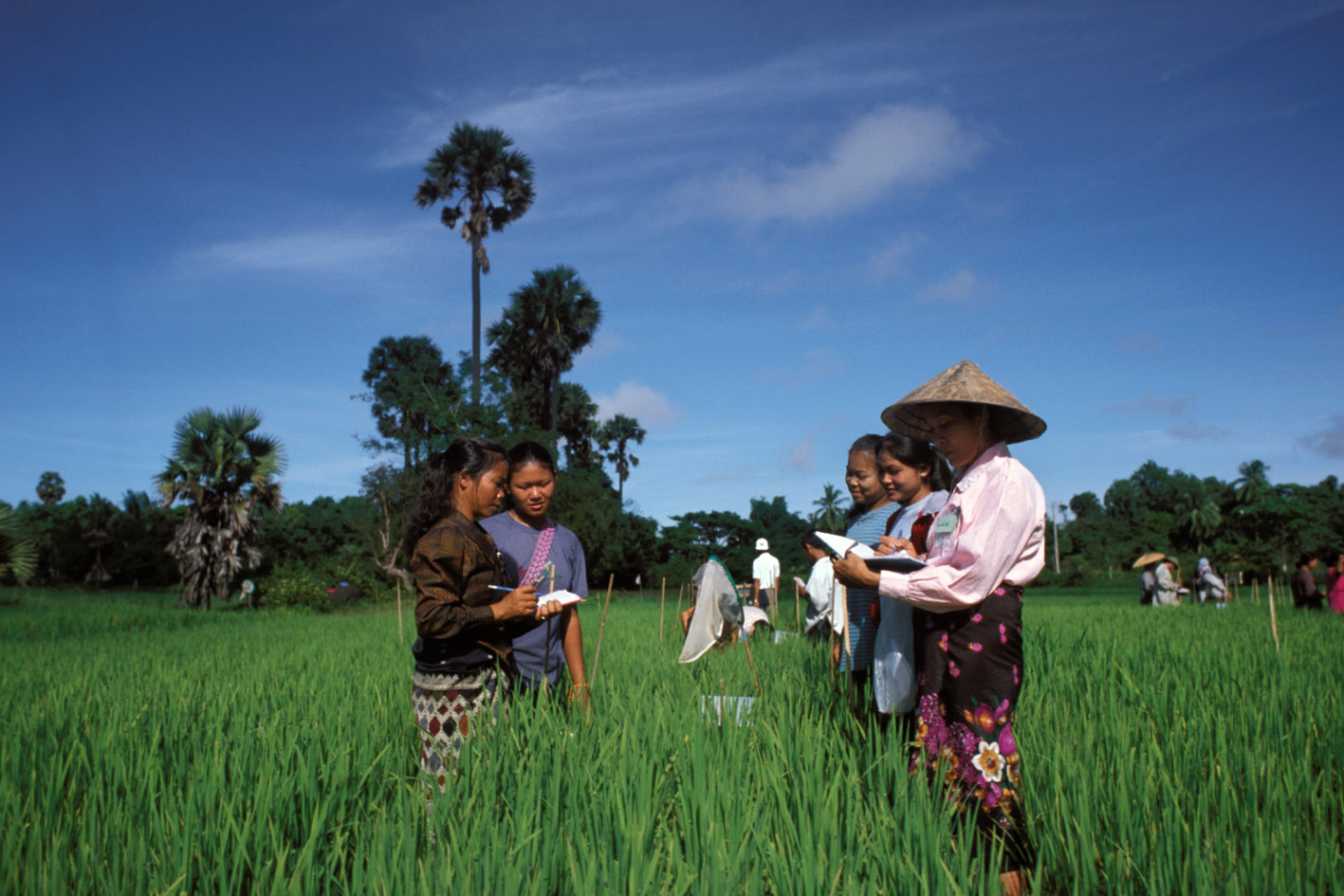National Income Dynamics Study 2012
South Africa, 2012
Get MicrodataIdentification
ZAF_2012_NIDS-W3_v01_EN_M_v01_A_OCS
National Income Dynamics Study 2012
| Name | Country code |
|---|---|
| South Africa | ZAF |
Income/Expenditure/Household Survey [hh/ies]
This is the third wave of the National Income Dynamics Study in South Africa. Wave 3 of the survey took place between April and December 2012 and re-interviewed respondents from Waves 1 and 2.
The National Income Dynamics Study (NIDS) is a face-to-face longitudinal survey of individuals living in South Africa as well as their households. The survey was designed to give effect to the dimensions of the well-being of South Africans, to be tracked over time. At the broadest level, these were:
· Wealth creation in terms of income and expenditure dynamics and asset endowments
· Demographic dynamics as these relate to household composition and migration
· Social heritage, including education and employment dynamics, the impact of life events (including positive and negative shocks), social capital and intergenerational developments
· Access to cash transfers and social services
Sample survey data [ssd]
Households
Scope
Data on the following topics was collected during the survey:
HOUSEHOLD:
- Household characteristics
- Household roster
- Mortality history
- Living standards
- Expenditure
- Consumption
- Negative events
- Positive events
- Agriculture
ADULTS:
- Demographics
- Education
- Labour market participation
- Income
- Health
- Well-being
- Numeracy
- Anthropometric data
CHILDREN:
- Education
- Health
- Family support
- Grants
- Anthropometric data
- Numeracy
| Topic | Vocabulary |
|---|---|
| Agriculture & Rural Development | FAO |
| Financial Sector | FAO |
| Access to Finance | FAO |
| Children & Youth | FAO |
| Social protection | FAO |
| Community Driven Development | FAO |
| Health | FAO |
Coverage
National
The target population for NIDS was private households in all nine provinces of South Africa, and residents in workers' hostels, convents and monasteries. The frame excludes other collective living quarters, such as student hostels, old age homes, hospitals, prisons and military barracks.
Producers and sponsors
| Name | Affiliation |
|---|---|
| Southern Africa Labour and Development Research Unit | University of Cape Town |
| Name | Role |
|---|---|
| Department of Planning, Monitoring and Evaluation | Financial assistance |
Sampling
A stratified, two-stage cluster sample design was employed in sampling the Dwelling units to be included in the base wave. In the first stage, a sample of 400 Primary Sampling Units (psus)2 was drawn (by statisticians at Stats SA) from Stats SA's 2003 Master Sample of 3000 psus. At the time that the 2003 Master Sample was compiled, eight non-overlapping samples of ten or twelve dwelling Units were systematically drawn within each PSU. Each of these samples is termed A “cluster” by Stats SA. These clusters were then allocated to the various household Surveys that were conducted by Stats SA between 2004 and 2007 (such as the Labour Force Surveys, General Household Surveys and the 2005/06 Income and Expenditure Survey). However, two clusters in each PSU were never used by Stats SA and these were allocated to NIDS.
In the first stage, a sample of 400 PSUs had to be drawn from the 3000 PSUs in the Master Sample. The explicit strata in the Master Sample are the 53 district councils (DCs). The sample was proportionally allocated to these 53 strata and PSUs were selected within strata with probability proportional to size. It should be noted that the sample was not designed to be representative at provincial level, implying that analysis of the results at the province level is not recommended.
Two sets of calculations were necessary in deriving the design weights. First there is a calculation of the probability of sampling each PSU and, second, there is a calculation about the probability of including each specific household in each PSU in the NIDS sample. The latter corrects for household nonresponse.
Data collection
| Start | End | Cycle |
|---|---|---|
| 2012-03 | 2012-04 | Wave 3 |
Data Access
| Is signing of a confidentiality declaration required? | Confidentiality declaration text |
|---|---|
| yes | https://microdata.worldbank.org/index.php/terms-of-use |
Southern Africa Labour and Development Research Unit. National Income Dynamics Study Wave 3, 2012 [dataset]. Version 2.1. Cape Town: Southern Africa Labour and Development Research Unit [producer], 2016. Cape Town: DataFirst [distributor], 2016.
Disclaimer and copyrights
The original collector of the data (The National Income Dynamics Study), the distributor (DataFirst), and the relevant funding agencies bear no responsibility for use of the data or for interpretations or inferences based upon such uses.
Contacts
| Name | Affiliation | URL | |
|---|---|---|---|
| DataFirst Helpdesk | University of Cape Town | [email protected] | http://support.data1st.org/ |
Metadata production
DDI_ZAF_2012_NIDS-W3_v01_EN_M_v01_A_OCS_FAO
| Name | Affiliation | Role |
|---|---|---|
| Office of Chief Statistician | Food and Agriculture Organization | Adoption of metadata for FAM |
| DataFirst | University of Cape Town | Metadata creation |
| Southern Africa Labour and Development Research Unit | University of Cape Town | Data documentation |
Metadata version
ZAF_2012_NIDS-W3_v01_EN_M_v01_A_OCS_v01
